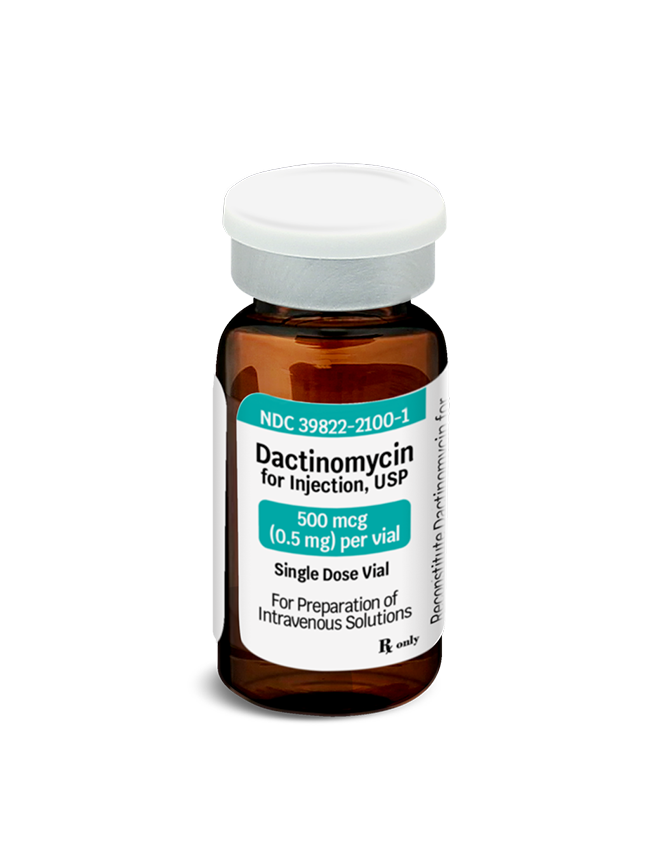|
Pharmacology - Crisantaspase
The action of Crisantaspase It is active in tumors (such as acute lymphoblastic leukemia) that have lost the ability to synthesise asparagine and so require an external supply. It is also capable of breaking down asparagine. I.V., i.M., or subcut are all options. Acute lymphoblastic leukemia is a clinical application. Allergies and Reactions Symptoms such as nausea and vomiting, depression of the central nervous system, liver disease, allergic reactions, and the possibility of hyperglycemia.
0 Comments
Pharmacology - Tamoxifen
The Action of Tamoxifen It does this by competing with natural oestrogen for the oestrogen receptor, which makes it impossible for cells to activate and multiply.Orally administered. Clinical Application Clinical Use Breast cancer. Allergies and Reactions Hot flushes, gastrointestinal distress, headaches, and irregular menstrual cycles are all symptoms that may be experienced. Pharmacology - Trastuzumab
Action of trastuzumab Restricts cell proliferation by binding to and blocking the tyrosine kinase receptor for epidermal growth factor.Given by i.v. infusion. Medical Application Cancers of the breast. Potential Side Effects These symptoms can be experienced by certain people: gastrointestinal issues, stomachaches, rash, alopecia, anxiety, depression, oedema, bruises, bone pain, leg cramps, paraesthesia, and hypersensitivity reactions. Pharmacology - Imatinib
Inhibiting protein kinases is a significant function of imatinib in cancers such as chronic myeloid leukemia. Administered orally and absorbed fully. Medical Application Various types of leukemia, including chronic myeloid, acute lymphoblastic, gastrointestinal stromal tumors, chronic eosinophilic, and myeloproliferative ailments. Potential Side Effects gastrointestinal issues, nausea, vomiting, diarrhea, redness, swelling, difficulty breathing, paresthesia, joint pain, conjunctivitis, photosensitivity, vertigo, perspiration, rash, and abdominal pain. Pharmacology - Paclitaxel
Paclitaxel Connects to tubulin and maintains microtubule polymerization, or "freezing," to inhibit the development of spindles during mitosis and cell division. Given by i.v. infusion. Medical Application Cancers of ovary and breast, non-small-cell lung cancer. Potential Side Effects Hair thinning, bradycardia, myelosuppression, peripheral neuropathy, hypersensitivity responses, muscular and joint discomfort. Mild gastrointestinal distress. Pharmacology - Vincristine
The action of vincristine Attaches to tubulin and stops cells dividing in mitosis before they form spindles.Injected intravenously. Medical Application The malignancies of the blood, lymph nodes, breast, and lungs. Potential Side Effects Side effects include: weak myelosuppression, nausea, vomiting, hair thinning, and neurotoxicity (both peripheral and autonomic). Pharmacology -Dactinomycin
Dactinomycin blocks the enzymes RNA polymerase and topoisomerase II by intercalating into DNA. Injected intravenously. Medical Application Paediatric Cancers Potential Side Effects Dyspepsia, vomiting, nausea, and hair loss. Pharmacology - Irinotecan
In order to hinder cell proliferation, irinotecan binds to topoisomerase I and inhibits it.Given by i.v. infusion Application in Clinical Practice Combined with other agents, colon and rectum metastases. Potential Side Effects GIT disturbances, interstitial pulmonary illness. Pharmacology - Doxorubicin
Function of Doxorubicin Through its effect on topoisomerase II, it inhibits DNA and RNA production.Administration methods include intravenous infusion (to prevent tissue harm from extravasation) and bladder instillation for bladder tumors. Application in Clinical Practice Tumors of the breast, ovary, bladder, and bronchi; acute leukemias; Hodgkin and non-Hodgkin lymphomas. adverse effects Heart problems, nausea, vomiting, myelosuppression, and baldness can occur as a result of a high dosage. Pharmacology - Cyclophosphamide
By establishing covalent bonds with guanine residues on each strand of DNA, cyclophosphamide crosses-links DNA, which disrupts cell division and triggers death. Administration via mouth or intravenous injection leads to its phosphoramide mustard and acrolein metabolism in the liver. Application in Clinical Practice Various malignancies, include ovarian and breast tumors, osteogenic sarcoma, soft tissue sarcoma, and chronic lymphocytic leukemia. Negative Impacts Irritability, vomiting, myelosuppression, acrolein-mediated hemorrhagic cystitis, and hair loss. Affecting gametogenesis is possible. Acute non-lymphocytic leukemia can develop with prolonged use. |
Kembara XtraFacts about medicine and its subtopic such as anatomy, physiology, biochemistry, pharmacology, medicine, pediatrics, psychiatry, obstetrics and gynecology and surgery. Categories
All
|











 RSS Feed
RSS Feed
